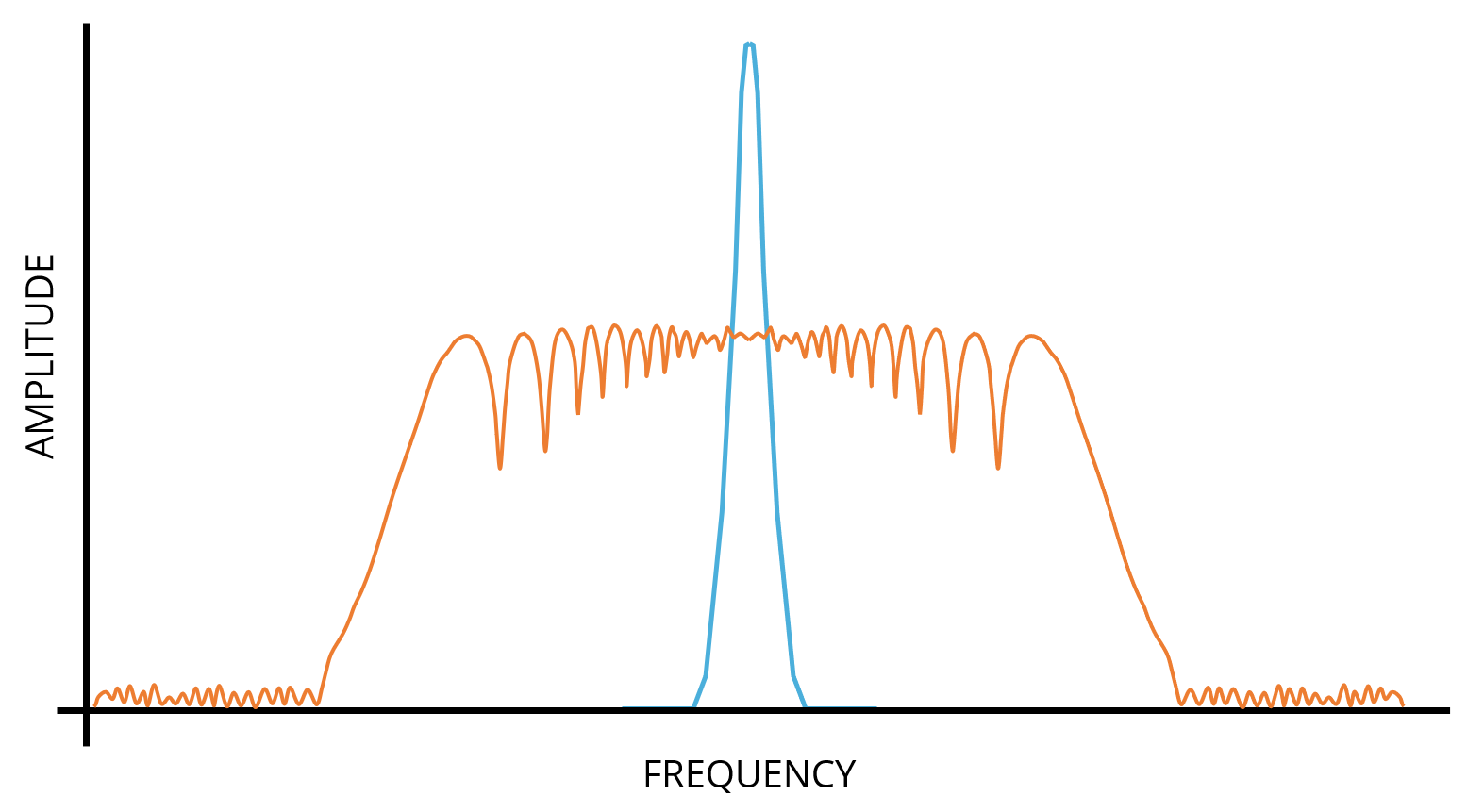EMC Question of the Week: January 8, 2024

If applying a spread spectrum to a digital clock reduces peak emissions at the clock frequency by 9 dB, we would expect the quasi-peak emissions to be reduced by
- 0 dB
- 6 dB
- 9 dB
- more than 9 dB
Answer
The best answer is “c.” There are two reasons for this. First, digital clocks are usually continuous signals. The peak amplitude of any of clock harmonic will generally be equal to the quasi-peak and average amplitudes. Quasi-peak and average detectors are designed to reduce the measured amplitude of impulsive noise by an amount that depends on the repetition rate of the impulses.
Clock signals do not produce impulse noise, but it would still be possible for quasi-peak and average values to be lower than the peak amplitude if the clock were cycled on and off. For example, if a 10 MHz clock ran for 100 microseconds (1000 cycles) and was then turned off for 1 millisecond before repeating, its quasi-peak and peak amplitudes would be significantly lower than the peak amplitude. But even in this case, applying a spread spectrum would reduce the measured amplitude of all detectors by the same amount.
Spread spectrum (frequency dithering) techniques spread the power in a narrowband harmonic over a wider bandwidth. That reduces the power that falls within the resolution bandwidth of the measurement. Regardless of the detector employed (peak, quasi-peak or average), if the resolution bandwidth stays the same, the power within that bandwidth will be reduced by the same amount. In this example, the fact that the measured power was reduced by 9 dB implied that the original emission was a strong narrowband peak. The same drop in amplitude would be recorded using any detector with the same resolution bandwidth.
Of course, spread spectrum techniques only work to reduce narrow-band harmonics. Broadband noise is not affected, so regardless of the detector used, spread spectrum techniques cannot reduce any emission peaks below the noise floor of the source. They also have no impact on the measured emissions from any other source.
Have a comment or question regarding this solution? We'd like to hear from you. Email us at
